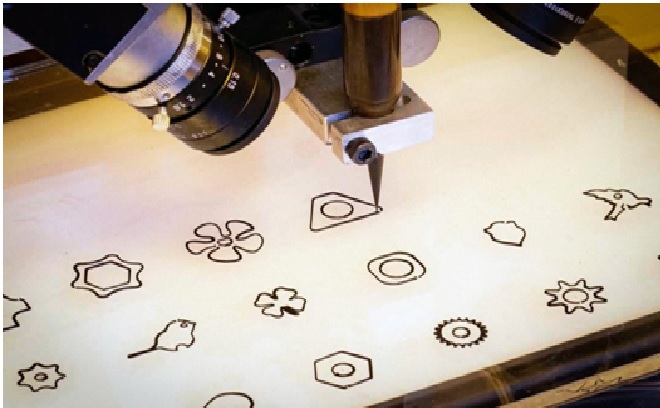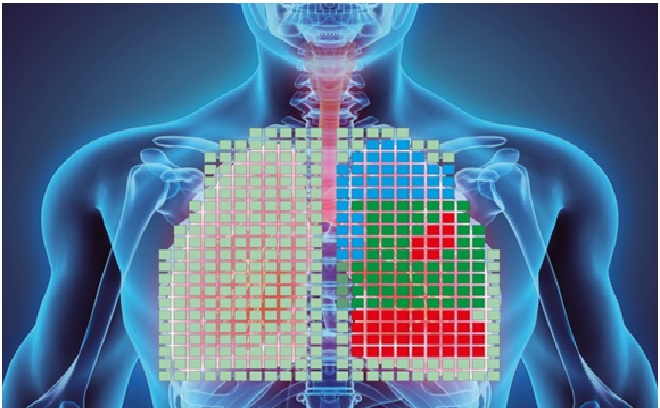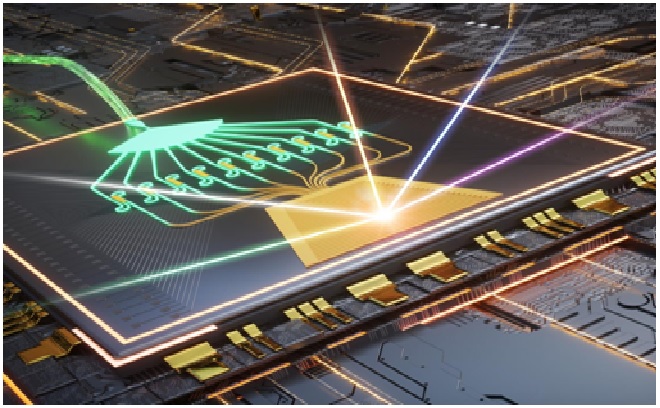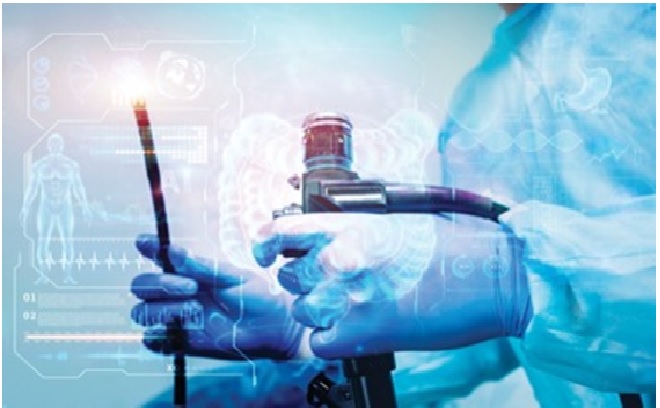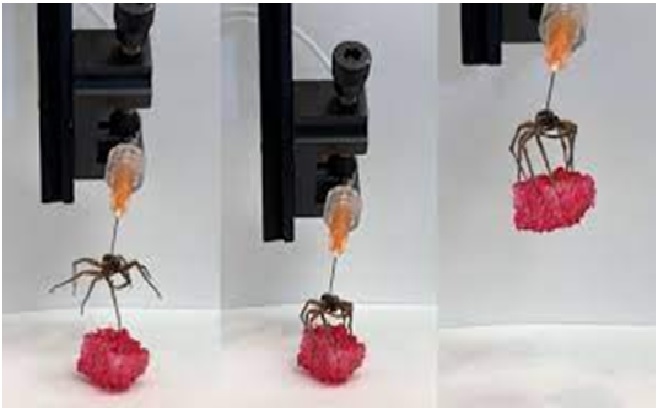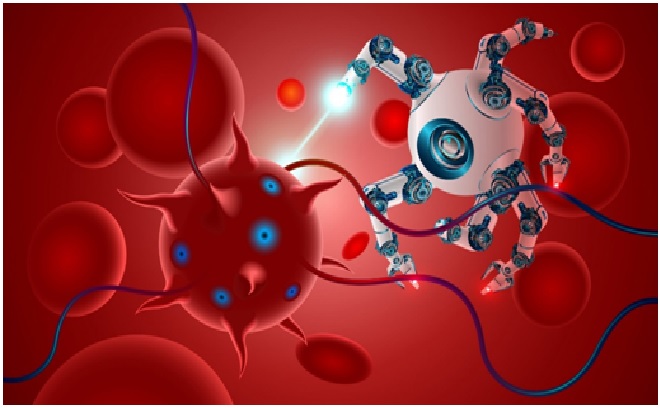Advanced New Sensors Could Transform Prosthetics and Robotic Limbs
The innovative research project aspires to develop sensors that provide enhanced capabilities to robots, helping improve their motor skills and dexterity, through the use of highly accurate pressure sensors that provide haptic feedback and distributed touch. It is led by the University of the West of Scotland (UWS), Integrated Graphene Ltd, and supported by the Scottish Research Partnership in Engineering (SRPe) and the National Manufacturing Institute for Scotland (NMIS) Industry Doctorate Programme in Advanced Manufacturing. [1]

Figure 1. Advanced New Sensors could Transform Prosthetics and Robotic Limbs
Figure 1 shows over recent years, the advancement in the robotics industry has been remarkable. The robots haven’t just landed in the workplace – they’re expanding skills, moving up the corporate ladder, showing awesome productivity and retention rates, and increasingly working alongside their human counterparts. However, due to a lack of sensory capabilities, robotic systems often fail to execute certain tasks easily. For robots to reach their full potential, accurate pressure sensors capable of providing greater tactile ability are required.
The sensors, called Gii, are made from 3D graphene foam, which offers unique capabilities when put under mechanical stress. The sensors use a piezoresistive approach, meaning when the material is put under pressure, it dynamically changes its electric resistance, quickly detecting and adapting to the range of pressure required, from light to heavy. [2]
“An advanced material like 3D graphene foam offers excellent potential for use in such applications, due to its outstanding electrical, mechanical and chemical properties.”
A piezoresistive approach will be used, meaning the material dynamically changes its electric resistance when put under pressure.Marco Caffio, co-founder and Chief Scientific Officer at Integrated Graphene said this could have a huge effect on robotics and they ways it can be used.[3]
The human brain relies on a constant stream of tactile information to carry out basic tasks, like holding a cup of coffee. Yet some of the most advanced motorized limbs — including those controlled solely by a person’s thoughts — don’t provide this sort of feedback. As a result, even state-of-the-art prosthetics can often frustrate their users. [4]
References:
- https://scitechdaily.com/advanced-new-sensors-could-transform-prosthetics-and-robotic-limbs/
- https://www.inceptivemind.com/advanced-sensors-transform-prosthetics-robotic-limbs/25699/
- https://newscop.com.au/2022/08/02/scientists-could-transform-prosthetics-with-advanced-robotic-sensors/
- https://www.analyticsinsight.net/an-advanced-new-sensors-project-giving-new-life-to-prosthetics-and-robotic-limbs/
Cite this article:
Thanusri swetha J (2022), Advanced New Sensors Could Transform Prosthetics and Robotic Limbs, AnaTechMaz, pp.157




